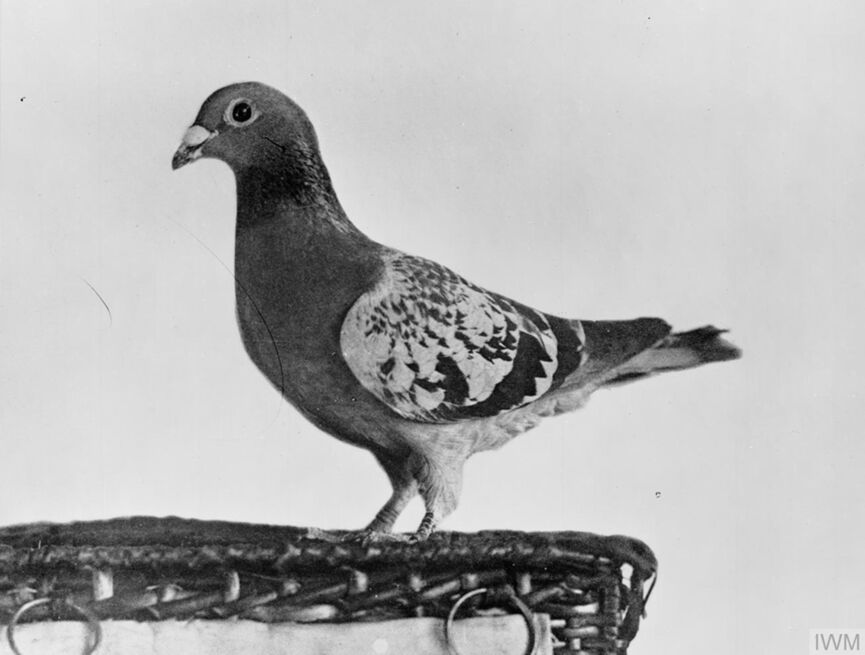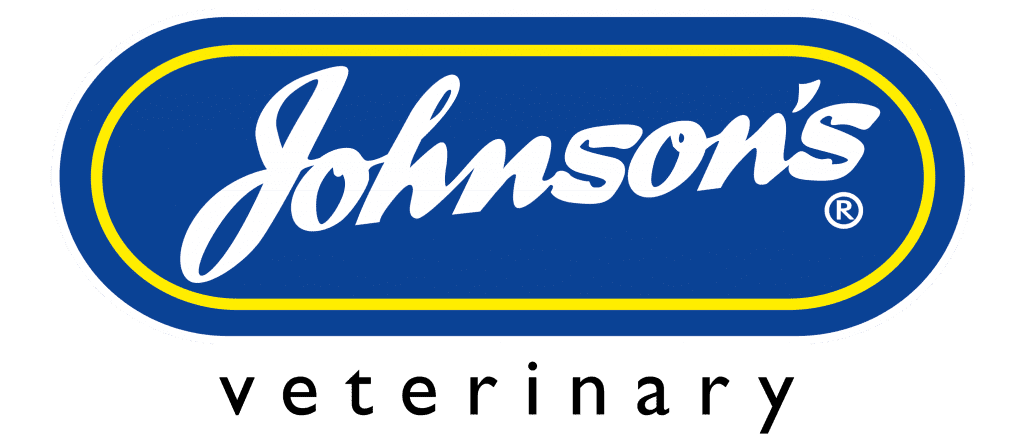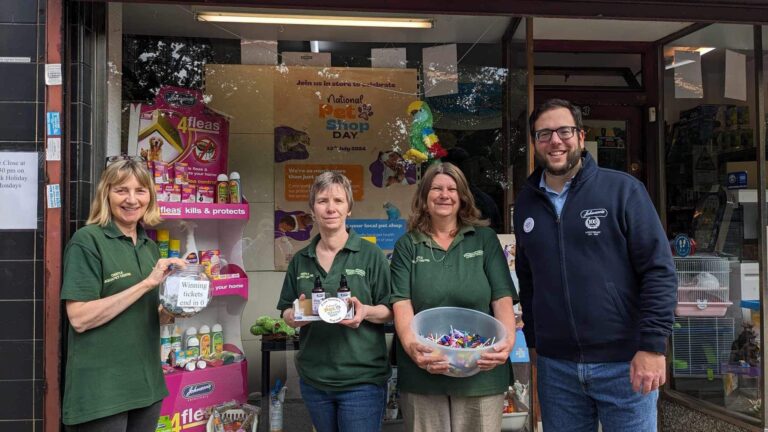British people have been celebrating Remembrance Day for over 100 years, using this special day in November to commemorate all the men, women and animals who bravely fought for our country during World War One and Two.
Pigeon carriers were a key asset to the war effort, delivering some of the most crucial updates between British and Commonwealth troops scattered across the world.
Often dealing with disrupted communication systems and extreme conditions, the reliance on messenger pigeons grew stronger over the course of battle. The intelligence and speed of these birds helped rescue and save the lives of thousands, and their involvement in the war went straight down in history.
Johnson’s heritage as poultry specialists
Despite being an international pet care brand, Johnson’s didn’t start off with such full-service treatments and solutions. Back in 1921, the business began as ‘Johnson Brothers, Poultry Specialists’ which focused only on the production of poultry products, following an increase in the poultry breeding market.
But Johnson’s had been developing care products for fancy pigeons, cage birds and poultry long before World War One when keeping birds and poultry was simply a pastime. This is what the entirety of the business was built on over 100 years ago, where experimenting with home remedies was the closest thing to effective formulas.
Although, the breakout of World War One in 1914 delayed business growth just two years after the kitchen concoctions began. The impact of the war on the British economy made launching a new business a near to impossible task, but instead of accepting failure, Johnson’s used this time to perfect product recipes for when the war was over.
World War Two
Three years later when the war ended, the products were ready to come to market. Interestingly, the slow start caused by World War One meant for better preparation when World War Two struck. Johnson’s used the stagnant period in World War One to expand their product line to accommodate for the influx of ‘backyard’ poultry keeping.
Families across the UK relied heavily on poultry as a food source, and in response, Johnson’s delivered a series of remedies to help with the prevention of poultry disease and bodily weakness. Not only did this keep produce healthy, these creations chipped in to the war effort by providing people with easily-accessible and affordable poultry care products.
The role of the pigeon in war effort
During World War Two, thousands of Britain’s pigeon fanciers contributed to the war effort by volunteering their pigeons as message carriers. In total, nearly a quarter of a million birds were used by the Army, the RAF and the Civil Defence Services.
But as war support widened, the rules on pigeon keeping and racing tightened. In order to protect these animals of service, pigeon racing was suspended and strict controls were enforced on the keeping of pigeons, and even the rationing of their corn.
All the birds of prey on Britain’s coast were culled to assure fanciers’ that their pigeons were protected and remained unhindered by predators on their travels.
Pigeons were carried by RAF bombers and reconnaissance aircraft in watertight containers and baskets, then sent back to their designated RAF base with the plane’s coordinates, if the plane had to ditch. A search and rescue operation could then be arranged upon the retrieval of this information.
Messages were either tucked into special containers secured to the pigeon’s legs, or small pouches which looped over their backs. To reach the Resistance workers, pigeon containers and baskets would often be dropped in via parachute, which made it through some of the most brutal conditions.

The PDSA Dickin Medal
The People’s Dispensary for Sick Animals (PDSA) instituted the Dickin Medal as a way of rewarding animals who displayed conspicuous gallantry and devotion to duty. World War Two honoured 52 Dickin Medals, 32 which were scooped up by pigeons.
Honourable mentions for our feathered heroes
These heroic birds saved the lives of thousands of servicemen, flying miles at a time over sea and land to bring troops vital information. We want to mark the contribution that pigeons had to the war effort by featuring some incredible carrier stories:
- GI Joe:
GI Joe flew over a mile a minute to arrive back at his base just in time for the air raid to be called off as the USAF would have bombed British troops. Having overcome broken radio contact and the USAF’s pressing plan to bomb the town, GI Joe saved the lives of thousands of people in what would have been an unnecessary and tragic attack.
- White Vision:
A recipient of the Dickin Medal, White Vision was accredited for “delivering a message under exceptionally difficult conditions and so contributing to the rescue of an aircrew while serving with the RAF in October 1943”. Due to her efforts, the search for stranded crew members in the North Sea resumed and the flying boat was found.
- Winkie:
Four men were left stranded in freezing water after a damaged RAF bomber landed in the North Sea on the way back from a mission in Norway. Rescue planes were searching the area, and Winkie quickly became the men’s last chance of survival. It was in fact the arrival of Winkie which saved their lives, and although she wasn’t carrying a message, the RAF were able to gauge the damaged bomber’s location by her time of entry. For this reason, she was the first of many animals to receive the Dickin Medal.
- William Of Orange:
Representing the MI14 British Military service, William Of Orange’s service as a carrier pigeon saved the lives of 2000 men in World War Two. When allied units suffered a communication crisis in the Battle of Arnhem in September 1944, British soldiers released William as a last resort. He alleviated the radio malfunctions by travelling 400km with a message back to headquarters.
- Gustav:
Gustav flew over 150 miles into strong headwinds to bring the first D-Day message back to the UK. Though it wasn’t his first mission, it was the one which gained the most traction and earned him the Dickin Medal, “For delivering the first message from the Normandy Beaches from a ship off the beach-head while serving with the RAF on 6 June 1944.
In loving memory…
Aside from just pigeons, all the people and animals involved in the war showed remarkable strength, determination and loyalty to our country, which carried Britain and Allies to victory.
War animals didn’t understand what was happening and had no say in the matter, yet they consistently delivered their best efforts and sacrificed their lives for Britain. In light of their courage, it’s important we pay our respects to the animals and people who not only contributed, but sadly never made it back from battle.
Photos courtesy of the IMW (Imperial War Museums)





